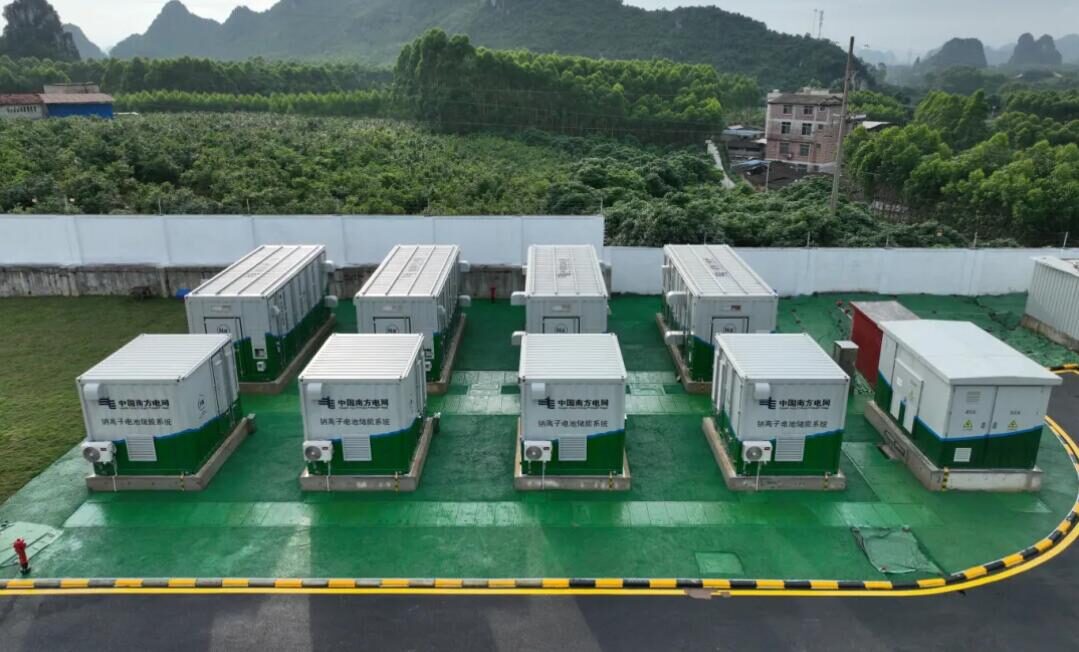Last November, as part of a growing group of countries committed to phasing out traditional coal-fired electricity, Canada and the U.K. set up the Powering Past Coal Alliance, which has already attracted over 30 governments and business members, and whose combined wealth amounts to over US$170 billion.
Following on from its initial commitment last year, the Canadian Minister of Environment and Climate Change, Catherine McKenna, has now announced changes to existing regulations to phase out traditional coal powered electricity by 2030, alongside new regulations meant to curb greenhouse gases, while fuelling demand for RE and natural gas-fired electricity.
Spokesperson for Environment and Climate Change Canada, Samantha Bayard told pv magazine the accelerated program is part of the Pan-Canadian Framework (PCF) on Clean Growth and Climate Change.
She added, “Through the PCF, the Government of Canada is also launching programs and making significant investments to support the deployment of RE and clean electricity.” These include:
- Natural Resources Canada's Emerging Renewable Power Program, which is providing up to CA$200 million to expand the portfolio of commercially viable RE sources available to provinces and territories, and reduce greenhouse gas emissions from their electricity sectors; and
- $21.9 billion in green infrastructure, including $5 billion for green infrastructure projects through the Canada Infrastructure Bank, which may include projects that promote RE power.
Federal action also builds on provincial policies in place in all coal dependent provinces, said Bayard, including:
- Alberta’s Climate Leadership Plan, which includes a target for 30% of electricity generation to come from RE by 2030. To reach this objective, Alberta’s Renewable Electricity Program will add 5 GW of wind and solar capacity by 2030;
- Saskatchewan’s target of 50% of its electricity capacity to originate from RE sources by 2030;
- New Brunswick’s commitment to 40% of in-province electricity sales to originate from RE sources by 2020, and to stop using coal to generate electricity by 2030 by converting their coal unit to an alternate fuel; and
- Nova Scotia’s emission caps for its electricity sector, and commitment to 40% of electricity from RE sources by 2020.
The proposed regulations for natural gas-fired electricity, meanwhile, have been designed to ensure that new natural gas-fired electricity generation uses efficient technology, while providing flexibility for new units to ramp up quickly to meet electricity system demand and incorporate variable renewables, like wind and solar.
Furthermore, the amendments made to the existing regulations should accelerate the phase-out of traditional coal-fired electricity, cutting carbon pollution by 16 million tones in 2030, the equivalent to what four million cars produce in a year.
The plan is to improve air quality in the areas implemented to reduce risks of asthma and heart disease. Indeed, while coal is said to generate only around 11% of Canada's electricity supply, coal-fired electricity is reportedly responsible for 72% of the country’s greenhouse gas emissions from the electricity sector.
Popular content
Overall, Environment and Climate Change Canada said the country’s electricity-generation mix is “one of the cleanest in the world,” with 80% of electricity reportedly coming from renewable or non-emitting sources in 2016.
It added that clean energy jobs totaled over 56,000 in 2016, and contributed $25.4 billion (1.3%) to Canada's gross domestic product.
Regarding solar PV, the ministry said Canada had a cumulative installed capacity of 2.027 GW in 2016. According to Bloomberg New Energy Finance, the country was set to install just 231 MW in 2017, up slightly from 220 MW installed in 2016.
This content is protected by copyright and may not be reused. If you want to cooperate with us and would like to reuse some of our content, please contact: editors@pv-magazine.com.



2 comments
By submitting this form you agree to pv magazine using your data for the purposes of publishing your comment.
Your personal data will only be disclosed or otherwise transmitted to third parties for the purposes of spam filtering or if this is necessary for technical maintenance of the website. Any other transfer to third parties will not take place unless this is justified on the basis of applicable data protection regulations or if pv magazine is legally obliged to do so.
You may revoke this consent at any time with effect for the future, in which case your personal data will be deleted immediately. Otherwise, your data will be deleted if pv magazine has processed your request or the purpose of data storage is fulfilled.
Further information on data privacy can be found in our Data Protection Policy.